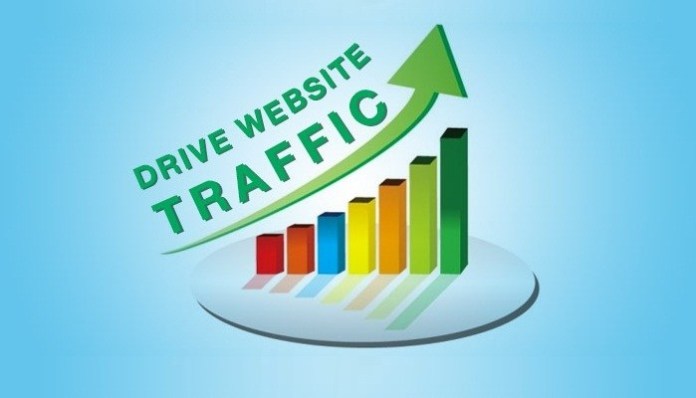By
I am lucky to talk to key executives from hundreds of companies each year. Inevitably, the conversation typically rolls around to the effectiveness of digital marketing. The one common link in each of the conversations is understanding if their marketing is effective and interpreting what it means. In some cases, the organization has never received a report. In others, they get numbers but don’t know what they mean or how to decipher them.
If you are paying someone (an individual or an agency) to execute a digital marketing initiative, then you should expect to receive regular updates, reports on progress and interpretations of what the data is telling you and what should — or should not — be done about it. If you are missing this information, there are two possible solutions: Meet with your provider and ask for reporting data and recommendations to be delivered consistently, or find a new provider.
Understanding your campaign performance is critical in order to make decisions, allocate budgets and understand your customers and their needs. Let me explain in greater detail.
1. Search Engine Marketing: Paid and organic efforts relating to search marketing are able to provide key insights that can boost your page visibility within your specific sector, improving your page rankings while creating a better experience for your customers. As it relates to your paid search marketing (SEM or PPC), you will want to know what terms your customers are using, as well as which of your keywords has the strongest click-through and conversion metrics. Additionally, ask for reporting on ad group and ad copy performance, site links and call extensions. This will help you better understand your customers and what they want from you while providing insights that can be applied to other areas of your marketing. You should review this information monthly with your contracted provider.
2. Website Optimization: With an SEO contract, you can expect to see regular reports on your website performance in relation to your search engine rankings — how and where you are showing up on Google, Yahoo or Bing search results pages. The actual report may vary by contract, but at a minimum should include a review of your website speed on mobile devices, your current ranking and any change in your ranking for 5-8 keywords, identified technical errors and a summary of what work has been completed to improve in these areas.
3. Video (pre-roll, streaming, promoted): Video marketing has a little different report and KPI structure. With this type of advertising, the goal is typically to increase awareness or evoke some type of emotion. That is difficult to measure in clicks. When you are looking at performance metrics as it relates to video, ask for the video completion rate (VCR) and total time played in addition to any attributed clicks or conversions. This video data will let you know how effective your message is as well as if you are targeting the right audience within your ad buy.
4. Online Display Ads: While many professionals within our industry provide reporting on display ad impressions served and click-through rates (CTR), they really do not tell us the whole story. Request reporting data on ad performance by message and size, conversion metrics and website analytics data that will indicate the quality of the click. In today’s marketplace, it is easy to buy clicks and flood a website with cheap traffic. You will want to ensure that you are paying for quality web traffic, not just quantity.
5. Email Marketing: Reporting on this activity is more straightforward than other digital aspects, mostly because it is more of a standardized service. Ask for a summary for each email sent. It should include the date and time it was deployed, total sends, total opens and reads, number of clicks (and on what links), as well as any results from A/B testing of subject lines and content.
6. Social Media Marketing: Depending on the scope of services of your social media contract, your contractor should be providing a monthly summary of their activity and the results. If the intent is to boost your page engagement, the report should include posts made, activity for each post, change in page engagement over the previous month and data on paid activity. If you are trying to promote an event or sell a product, the report should also include hard numbers on the registrations, sales or leads attributed to the campaign efforts.
7. Website Insights/Usability: The goal of a paid online campaign is to grow your business. Looking beyond impressions and clicks will tell you how well your campaign is working for you. Look for key indicators, such as time on site, pages per visit and new visitors. These data points will let you know how good the quality of traffic is (how many pages they are looking at and for how long). They will also provide insights as to what pages of your website need attention through better/more content or flow.
The data collected from your marketing campaigns provides valuable knowledge. Accessing this information, understanding its meaning and applying the insights will propel your organization further, faster and with lower acquisition costs.
Feature Image Credit: Getty
By
Korena, the Founder & CEO of KeyMedia Solutions, applies 25+ years marketing experience to drive a startegy first approach










![15 Ways to Fail at Social Media Marketing [Infographic]](https://mediastreet.ie/wp-content/uploads/2019/04/Social-Media-Marketing.png)

